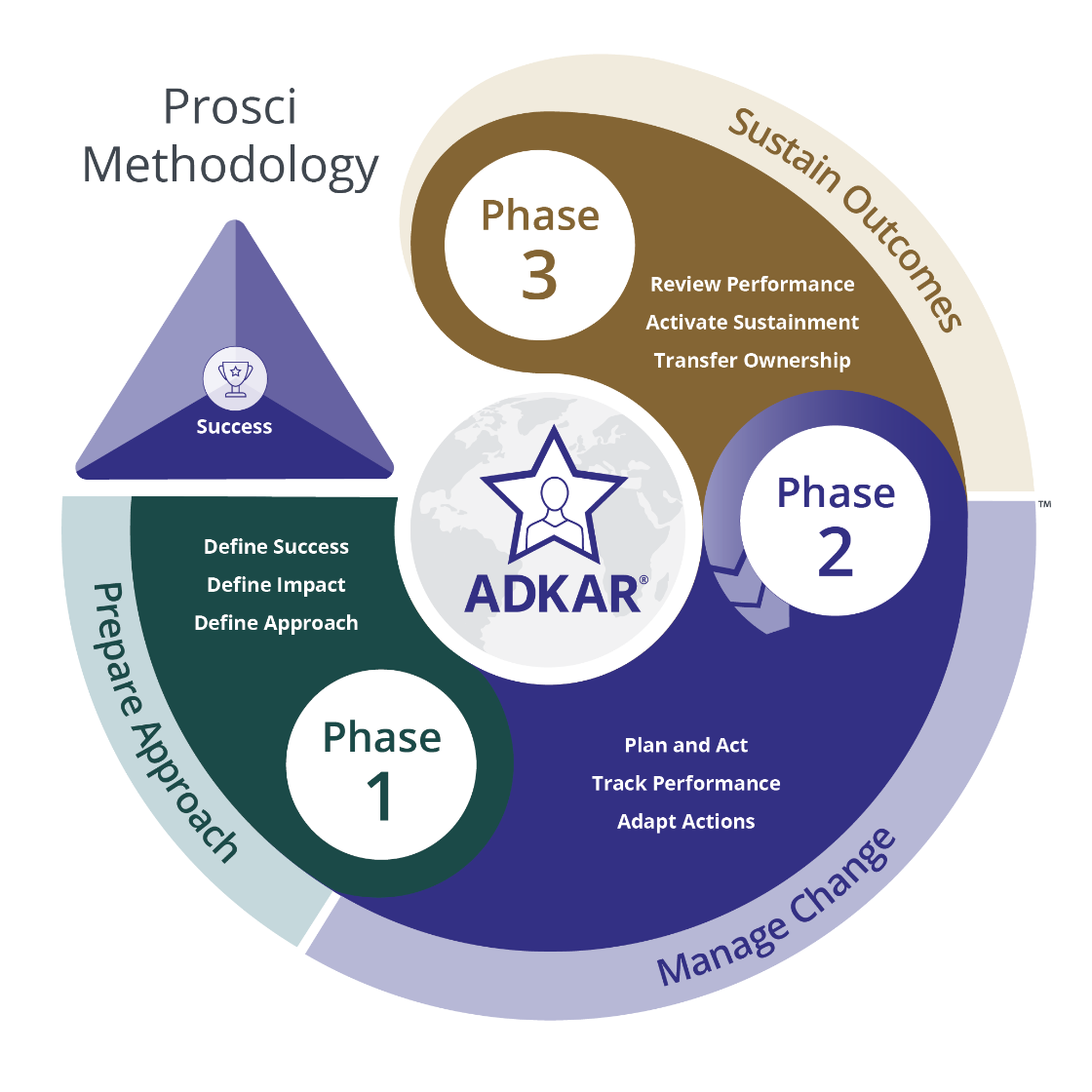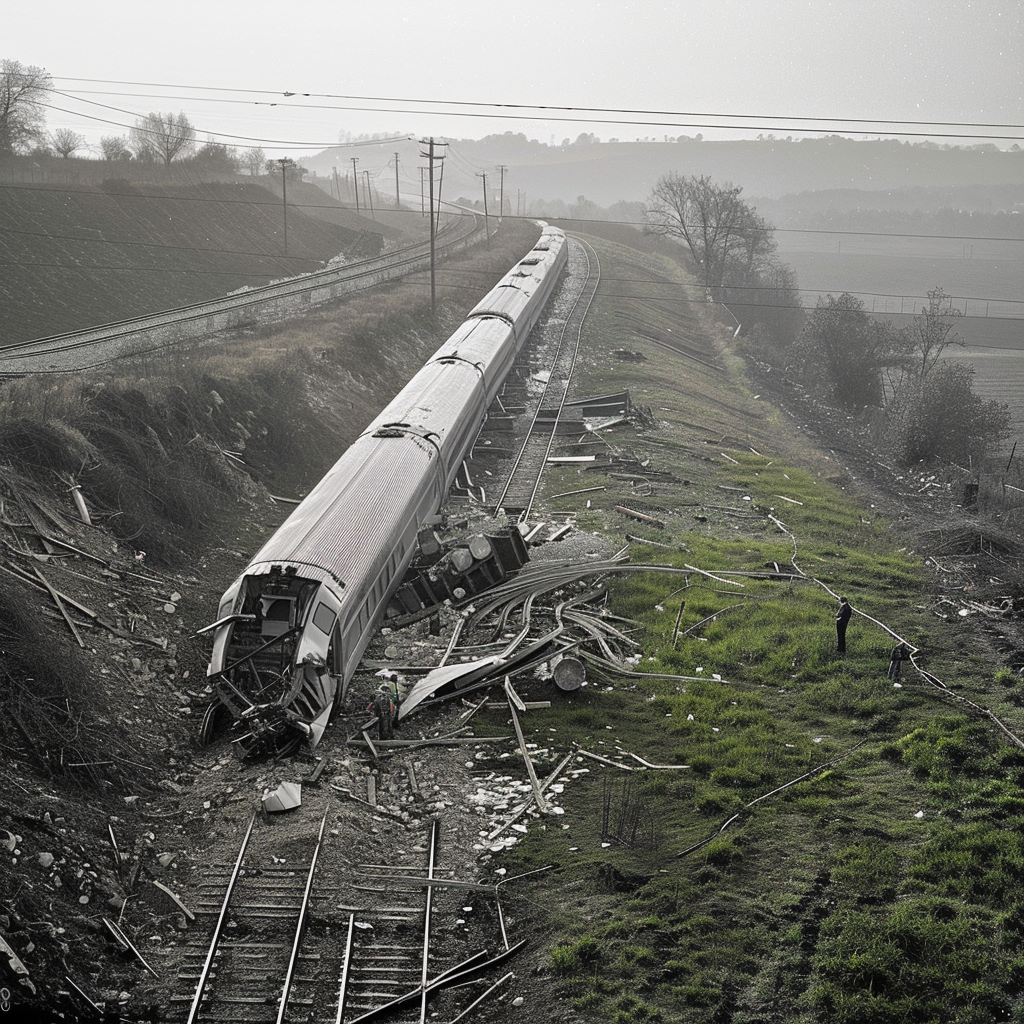Prosci’s ADKAR (Awareness, Desire, Knowledge, Ability, and Reinforcement) model attempts to assess, measure, and prepare individuals within organizations for change. The simplicity and memorable nature of the ADKAR model has power—in fact, it’s become a common shorthand for addressing the change experience—and provides practitioners with an incredible tool for assessing change readiness at the individual level. But it has limitations:
- Change requires scale. Practitioners need to be able assess and implement change at an organizational level: how are teams responding to change? What divisions are ahead or behind? Change Making recognizes that change happens at different speeds, at different times, and in different places within every different organization, and
- It doesn’t account for complexity. Furthermore, the ADKAR model doesn’t account for the environment and company culture, or how they interact with individuals. In modern organizations, when a change initiative begins in one part, it will undoubtedly begin to influence other parts of the organization, and emergent and unpredictable things may occur. Change Making anticipates and adapts to these changes so it scales more effectively.
- It has only one path to implement change. ADKAR doesn’t account for the fact that there are two distinct pathways for making change within organizations. Change Making recognizes both waterfall- and agile-style changes, and has different approaches to make sure each has the best odds of success.
See how we compare to other change models, and why our approach works for modern organizations.
Want to know more?
Get in touch to find out how we can help to start change in your organization
Contact Us













